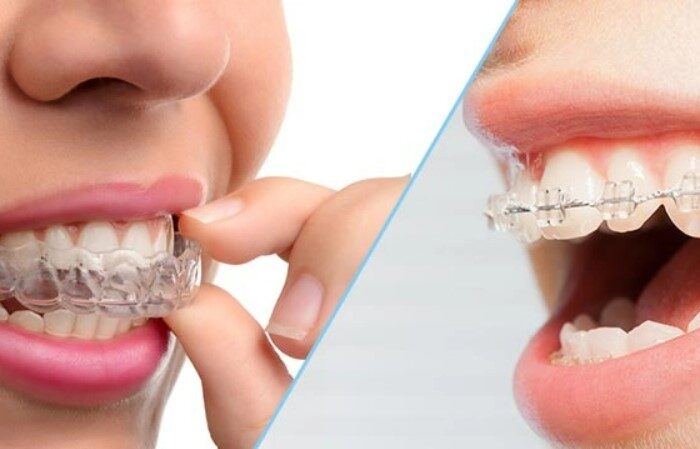Can This guide provides essential tips for maintaining your oral health while using Invisalign, especially when it comes to drinking. While you can still enjoy…
Do you Ginger for Anti-Aging works like a miracle, Ginger has long been celebrated for its medicinal properties, and recent studies highlight its potential as…
Rosemary oil has been used for centuries as a natural remedy for various health and beauty concerns. One of its most well-known uses is for…
Ebenezer Onion: Benefits, How to Grow at Home, Tips, and FAQ The Ebenezer onion is a unique and highly prized variety of onion that stands…
Sourdough Rye Bread Recipe (100% Rye Flour) Sourdough rye bread is a traditional bread made with a combination of rye flour and a sourdough starter.…
If you’re curious about truffle salt and its delightful flavors, you’re in the right place. Truffle salt is a seasoning that can elevate your dishes…
Truffle butter is a term that has enjoyed a double life. On one hand, it has become a popular culinary delight among food enthusiasts, and…
Can You Drink Water With Retainers? Retainers are dental appliances that help to maintain the position of your teeth after undergoing orthodontic treatment. Wearing retainers…
